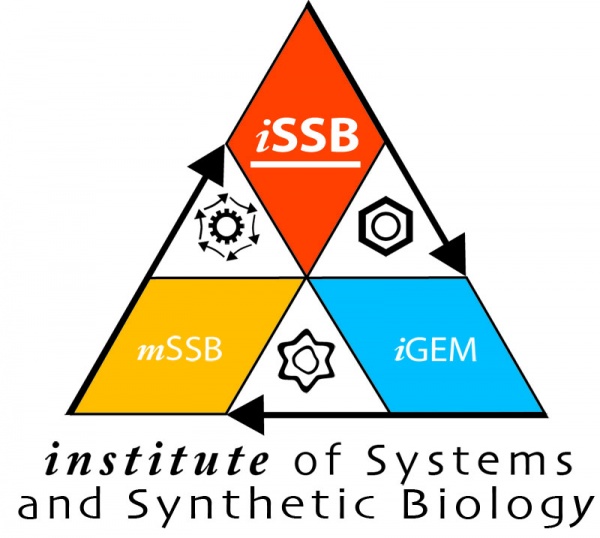Team:Evry/Protocols/07
From 2013.igem.org
| Line 37: | Line 37: | ||
<h2> Principle</h2> | <h2> Principle</h2> | ||
| + | |||
| + | |||
| + | <p>Electrophoresis is a method using electrical field to separate DNA or RNA sequence by size. Smaller the fragment is, the more it migrates on the gel. <br> | ||
| + | Using a DNA ladder, we can know the size of DNA sequence and then check if we have the sequence we wanted. | ||
| + | </p> | ||
| + | |||
<h2> Preparation</h2> | <h2> Preparation</h2> | ||
<h2> Analysis</h2> | <h2> Analysis</h2> | ||
Revision as of 13:32, 26 August 2013
Polymerase Chain Reaction

Principle
Polymerase Chain Reaction (PCR) is a molecular biology method used to amplify a small amount of genetic material (DNA or RNA), using specific primers of a target sequence.
PCR is divided into 5 steps:
- First denaturation:
- Denaturation step
- Annealing step
- Elongation step
- Final step
The 2nd, 3th and 4th steps are repeated 20-40 cycles.
Denaturation step occure between 94 and 98°C.The heat breaks the hydrogen bonds and then causes the separation of the double strand of DNA into two single strands.
Annealing step occure between 50 and 65 °C. Primers anneals to DNA simple strand by complementarity of the nitrogenized bases.
Elongation step occure between 70 and 80°C, depending on the DNA polymerase used. The polymerase synthesizes a new DNA strand complementary to the DNA template
Preparation
Optimisation
Number of primer
Temperature
Gel electrophoresis analysis
Principle
Electrophoresis is a method using electrical field to separate DNA or RNA sequence by size. Smaller the fragment is, the more it migrates on the gel.
Using a DNA ladder, we can know the size of DNA sequence and then check if we have the sequence we wanted.
Preparation
Analysis
 "
"













